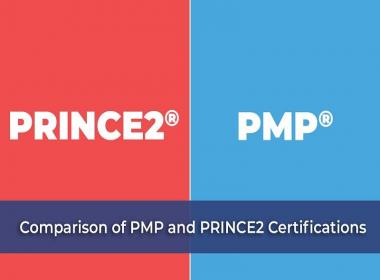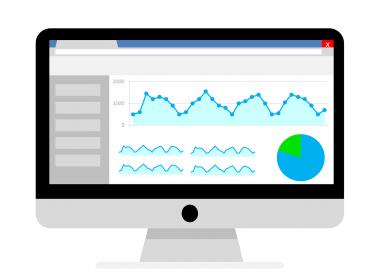Owning a website or running a blog has become an integral part of every business, or for that matter representing oneself on the web. It is an essential ingredient to succeed in whatever you do as a profession. Various content management systems help you manage your database. However, with so many choices available in the market, it’s very easy to get confused as to which CMS would be the right choice for you. Drupal and WordPress are considered to be the two leading website building platforms with a variety of rich features that enhance website functionality. Also read: Guest Post Outreach services
There was a time when Drupal was the most sought after CMS, but now WordPress has clearly overtaken it, and that too by some distance. Nowadays, more and more people want to convert Drupal to WordPress
Changing Your Current CMS
Whether to change your current CMS by acquiring a new one is not an easy decision to make. However, there would be some compelling reasons that make you think about making the change. The reasons could be various, but for now, we are not going to dwell too much on that. WordPress is the clear leader among the content management systems and websites are migrating to it in great numbers.
You can make the Drupal to WordPress conversion, both manually and in an automated way. Doing it yourself requires system path knowledge, content prioritization, creating redirects, addressing hyperlink requirements, and a lot of other things to look after. It’s a time-consuming job that requires expert technical skills and language proficiency. If you are a non-technical person, it’s simply not possible to make the conversion yourself. However, you can give yourself a chance by figuring out the FAQs and the steps recommended for a particular content management system. The other option is to hire an expert website developer with the requisite technical knowledge of converting a website from Drupal to WordPress.
On the other hand, automated conversion solutions are designed to make the migration quick and simple. You can easily transfer the content from one CMS to another. By availing of any of the automated solutions, you can quickly and efficiently convert the website to WordPress.
Why the Transition
As mentioned earlier, Drupal was once regarded as the most advanced content management system, much better than WordPress. However, that was the time when WordPress was still evolving. From being a purely blogging platform, it was slowly but surely making its transition into a complete CMS. It has now taken giant strides to become the world’s leading website building platform, leaving others far behind. So much so, that it is now the CMS of choice of the majority of website owners and developers. Advantages of using WordPress over Drupal include:
- It’s relatively cheaper- building a WordPress website could cost you as little as one-fourth of that of Drupal.
- It’s a feature-rich CMS that makes it much easier to use.
- Has a much richer ecosystem with a large community of developers worldwide who are constantly developing new themes and plugins which are mostly free. A huge community of users and developers translates into lots of documentation.
Automated CMS Transfer
Now that you have made up your mind to go for the conversion, we will guide you through an automated process. There are multiple automated conversion services and tools available in the market, such as Toolkit plugins and CMS2CMS conversion service. Here, we will discuss the CMS2CMS method and how you can use it to convert Drupal to WordPress like a pro.
The first step in the process is to sign up with CMS2CMS and create an account. Provide the necessary details and select a password.
Now, since you are migrating from Drupal, enter its URL in the field provided for the existing CMS. To connect your Drupal website, download and install the Connection Bridge to your computer.
Select WordPress as your target CMS and submit details including URL. If you don’t have WordPress Installed as yet, you can attempt Migration to CMS2CMS Test Site.
It’s time to build a connection to the WordPress website. For this, you need to provide the URL, admin login, and password, so that the Connector Plugin is automatically installed.
Before the actual migration begins, you can preview how your new website would look by running a demo migration. Select the entities and other options you want to transfer. Check the demo outcome and proceed with the migration if you are content with the result.
Finally, it’s time to customize your design. By clicking the “Request Design” button, you will be able to select a suitable design from the Design Packages.
That’s it! You now have a WordPress powered, fully functional website with all the content from your previous website transferred to it. This is one of the easiest and simplest ways to convert Drupal to WordPress.
Also read about:
How to choose the perfect web host
How to Find a Reliable IT Rental Company
Tips on Finding The Right Commercial Refrigeration for Your Business
















